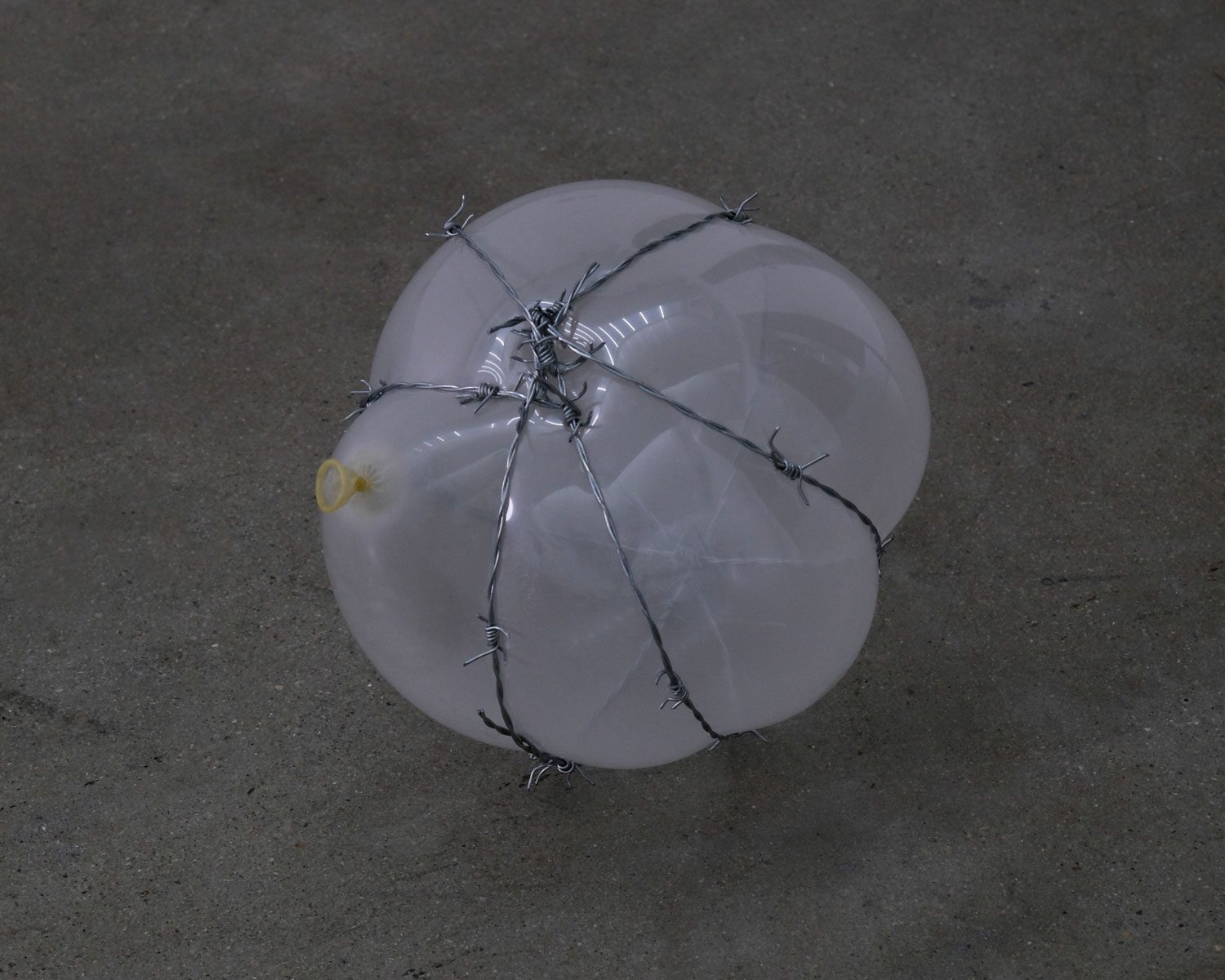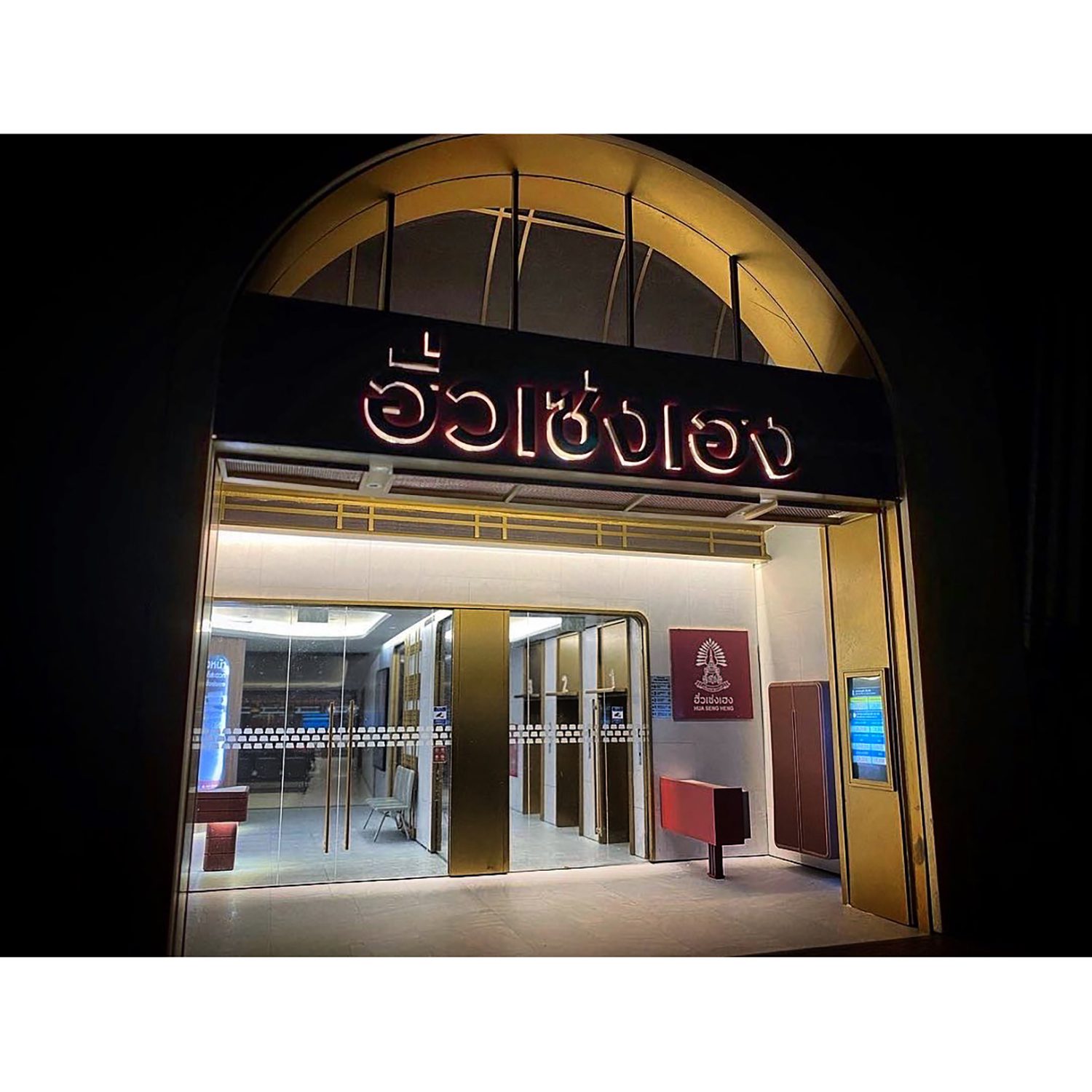TEXT & PHOTO: ZILLUSTATION
(For Thai, press here)
My interest and passion for the beauty of built structures since an early age have motivated me to travel to different cities and discover their unique charms. Memories have been transformed into architectural/map drawings interlaced with elements of painting. Unusual perspectives capture different urban landscapes in broader and more detailed views.
The work’s concept stems from a desire to explore into the astonishing births of cities, their history profoundly anchored and evolving over time, shaping every aspect of their existence. Particular focus is placed on architecture, which serves as an archive of a place’s past, present, and future.
Much like humans, cities develop their own distinct identity, characterized by unique features and beauty. The essence of this creative process lies in the endeavor to construct perspectives that enable the depiction of a place with great thoroughness and detail. Using a pen, each line is drawn, one by one. The recreation of a city through each stroke of a pen feels like revisiting the city’s birth and growth through the passing course of time.
_____________
Karoon Jeamviriyasatean, an independent artist and owner of ZilluStation Studio who conveys his love and passion for cities and urban spaces through his fascinating pen strokes.











































































